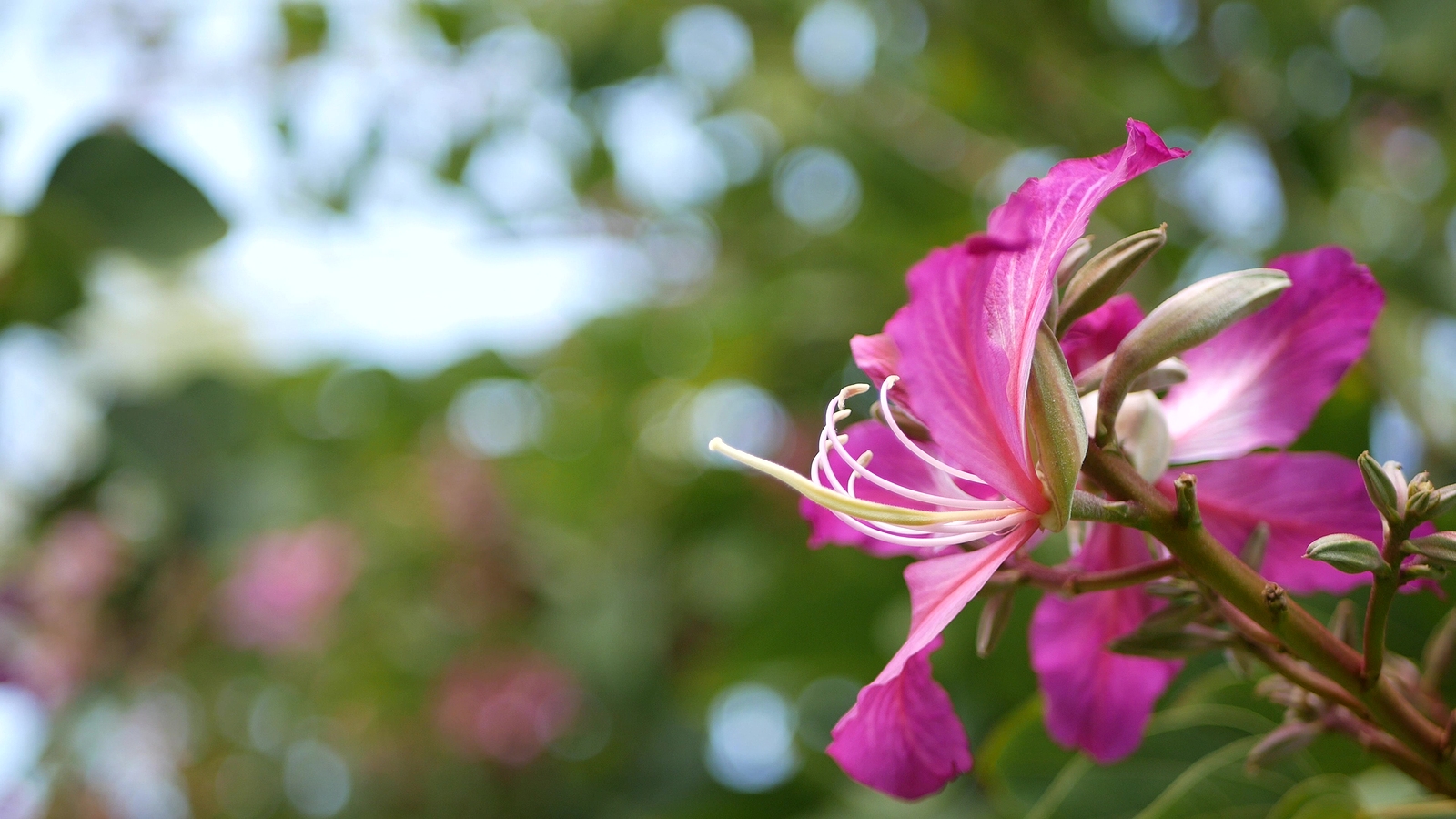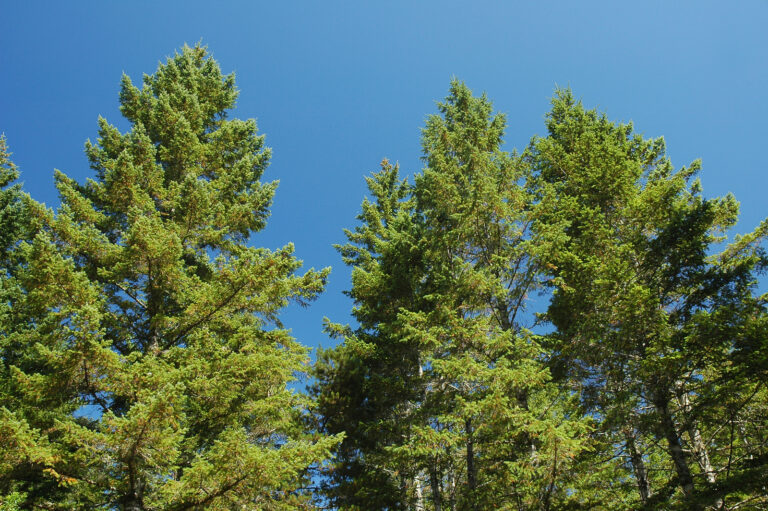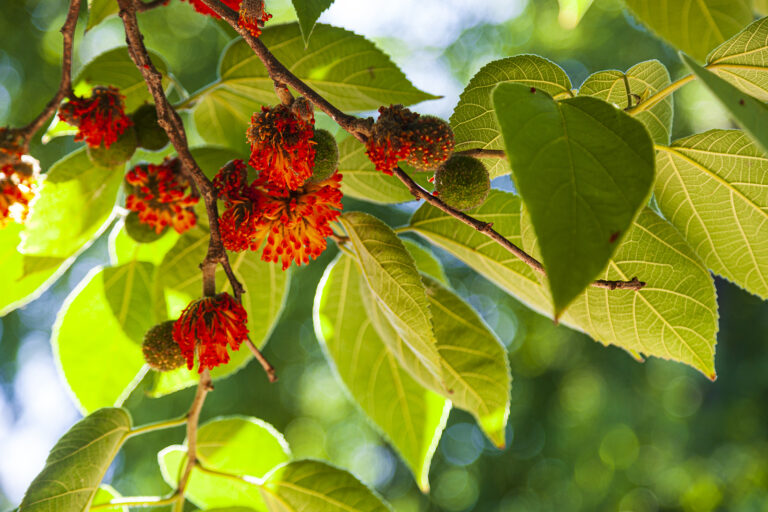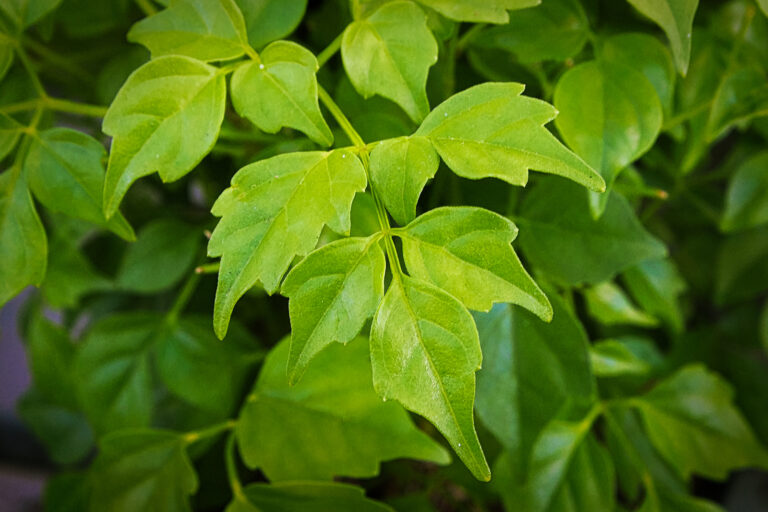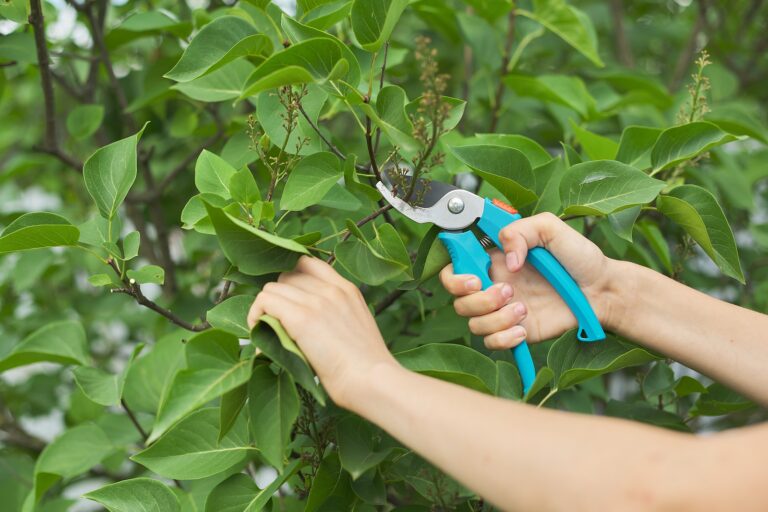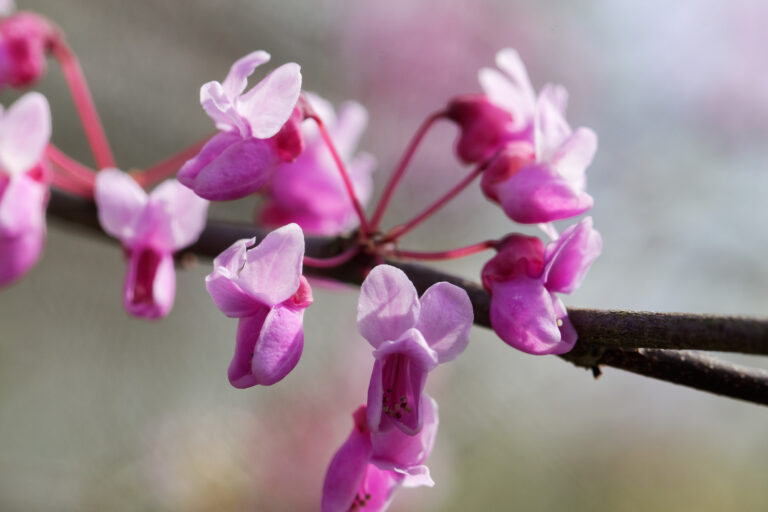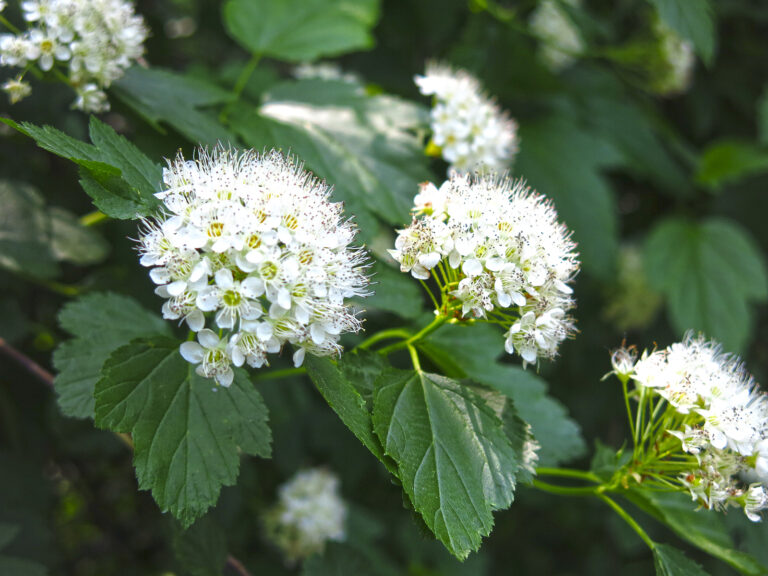How to Grow Bauhinia – Brazilian Butterfly Tree
Bauhinia–commonly called orchid tree or Brazilian butterfly tree–are large shrubs and trees commonly grown for their orchid-like flowers. Bauhinia are tender plants grown in Hawaii, central and southern Florida, and mild-winter areas of California and Arizona.
Bauhinia is not fussy about soil as long as the soil is well-drained.
Bauhinia is a genus of about 250 species of evergreen or deciduous trees, shrubs, and climbers. Large shrub and tree species are grown in gardens.
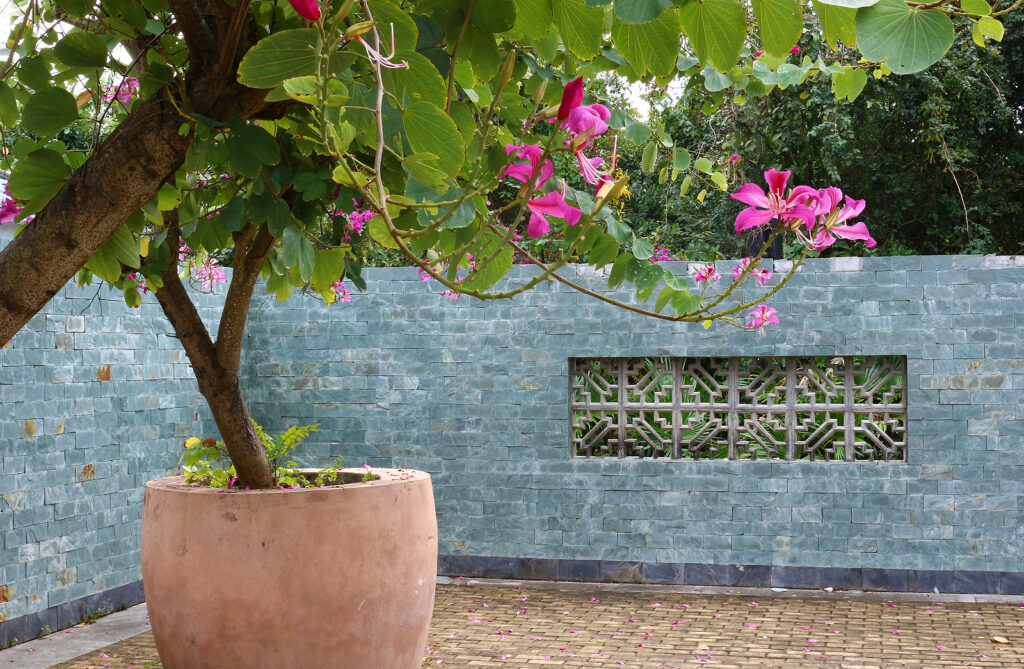
Get to know Bauhinia
- Plant type: Evergreen or deciduous trees and shrubs
- Growing zones and range: Zones 13-15
- Hardiness: Not frost tolerant
- Height and width: To 25-40 feet (8-12m) tall and 10-25 feet (3-8m) wide
- Growth rate: Fast
- Form and habit: Umbrella shaped
- Foliage: 3-4 inch (8-10cm) leaves are alternate, simple, and often 2-lobed
- Flowers: Dramatic, faintly fragrant orchid-like flowers with five irregular petals
- Fruits: 6-8 inch (15-20cm) flat brown seedpods
- Bloom time: Winter and early spring
- Uses: Specimen plants, border, shade, lining suburban street, lawn ornament
- Common name: Brazilian butterfly tree, orchid tree
- Botanical name: Bauhinia
- Family name: Fabaceae
- Origin: Tropical and subtropical regions from Hawaii, central and southern Florida to California and Arizona
Where to plant Bauhinia
- Plant Bauhinia in fertile, moist but well-drained soil.
- Plant Bauhinia in full sun, tolerates shade.
- Shelter Bauhinia from wind.

When to plant Bauhinia
- Sow Bauhinia seed at 61°F (16°C) in spring.
Planting and spacing Bauhinia
- Plant 10-25 feet (3-8m) apart.
How to water and feed Bauhinia
- Give Bauhinia regular to moderate water; water freely during drought.
- Feed Bauhinia with an all-purpose organic fertilizer in spring.
How to care for Bauhinia
- Prune Bauhinia when young to form single trunk.
- Prune Bauhinia after the flowers fade only if necessary to train the tree to a desired shape.
Bauhinia pests and diseases
- Bauhinia are susceptible to attacks by spider mites, whiteflies, aphids, and mealybugs.
- Fingal leaf spots, stem galls, and root rots can also occur.
- Bauhinia may suffer from dieback—that is, 2-12 inches (5-30cm) of the tips of the branches may be killed by cold temperatures—but if the freezing period lasts no longer than a few nights, the trees themselves are not usually killed and the branches will sprout again below the damaged areas.
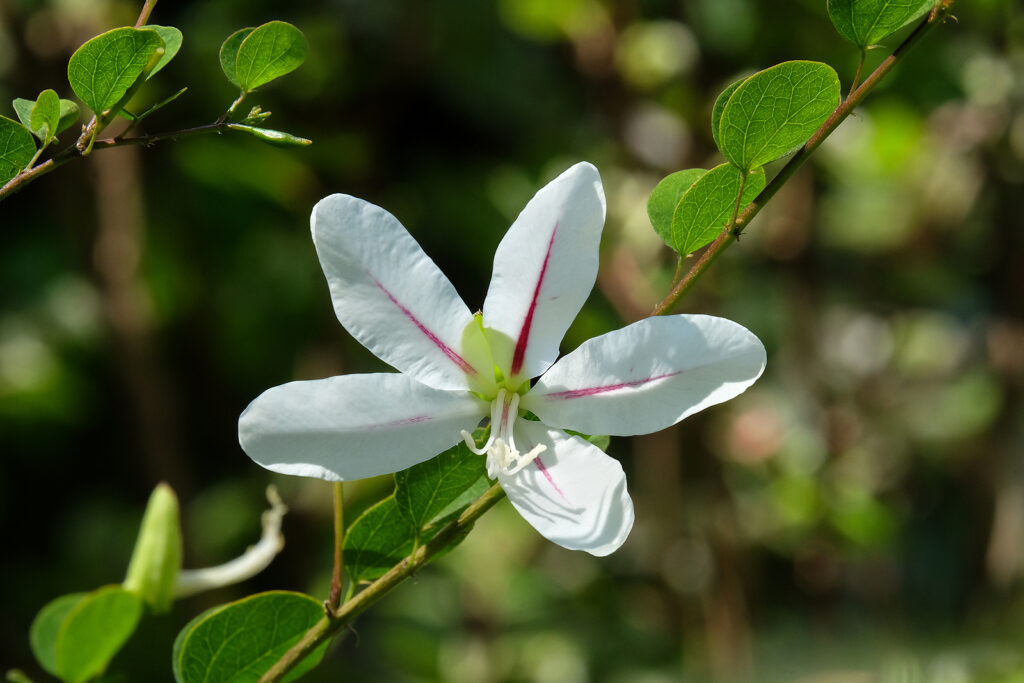
Bauhinia propagation
- Root semi-ripe Bauhinia cuttings in summer with bottom heat.
- Layer in spring.
Bauhinia varieties to grow
- Bauhinia forficata, Brazilian butterfly tree, evergreen to deciduous shrub or tree; native to Brazil; hardiest Bauhinia; umbrella-shaped to 20 feet (6m) tall; flowers shaped like orchids–colors range from maroon to purple to rose to orchid pink; gray-green leaes tend to drop around bloom time, but not all foliage falls.
- B. variegata, Mountain ebony, Orchid tree, spreading, deciduous tree bearing rounded, rich green leaves, 4-8 inches (10-20cm) long, with heart-shaped bases and deeply 2-lobed tips. From winter to summer, short, terminal racemes of light magenta to purple-blue flowers, 3-5 inches (8-13cm) across, sometimes white-variegated are borne. To 25-40 feet (8-12m) tall and 10-25 feet (3-8m) wide. Eastern Asia.

